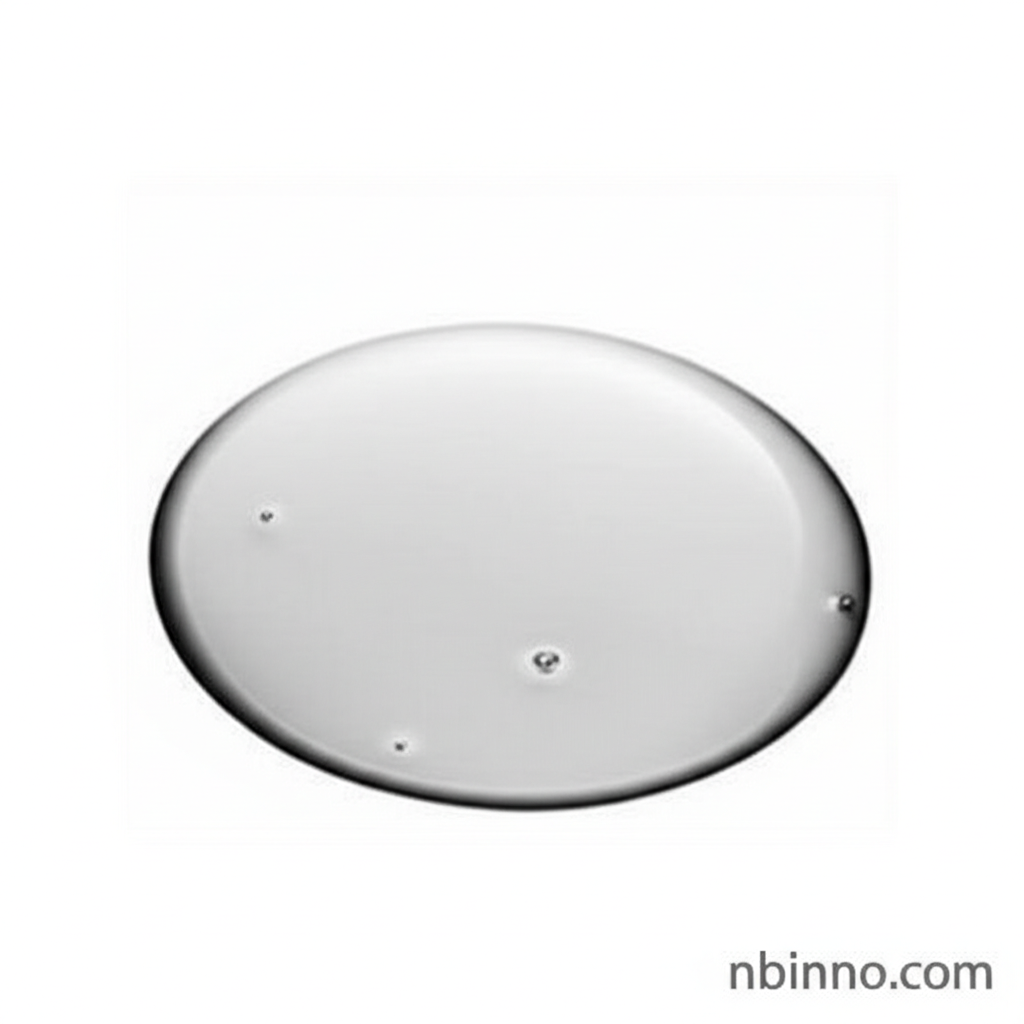3-Chloroaniline: A Versatile Intermediate for Dyes, Pharmaceuticals, and Agrochemicals
Discover the extensive applications and chemical properties of 3-Chloroaniline, a key player in various industrial syntheses.
Get a Quote & SampleProduct Core Value

3-Chloroaniline
3-Chloroaniline is a vital intermediate in the chemical industry, with extensive applications in the production of herbicides, pharmaceuticals, azo dyes, pigments, insecticides, and other agricultural chemicals. It is synthesized through efficient methods such as the hydrogenation of 3-chloronitrobenzene.
- Explore the uses of 3-chloroaniline in pharmaceuticals for the synthesis of various medicinal compounds.
- Learn about 3-chloroaniline production methods, including efficient hydrogenation techniques.
- Understand the 3-chloroaniline toxicity profile and necessary safety precautions for handling.
- Discover how 3-chloroaniline CAS 108-42-9 properties make it a key component in creating vibrant colors for dyes and pigments.
Advantages Offered
Versatile Chemical Intermediate
Leverage 3-chloroaniline as a versatile building block, essential for creating a wide array of products that enhance agricultural productivity and add vibrancy to consumer goods.
Efficient Synthesis
Benefit from high-yield production processes for 3-chloroaniline, particularly through the catalytic hydrogenation of 3-chloronitrobenzene, ensuring a reliable supply.
Broad Industrial Impact
The diverse applications, from life-saving pharmaceuticals to crop-protecting agrochemicals and colorful dyes, underscore the significant impact of 3-chloroaniline in modern industry.
Key Applications
Herbicides
3-Chloroaniline is a crucial intermediate for synthesizing herbicides like chlorpropham and m-chlorophenyl isocyanurate, aiding in effective weed control for increased agricultural yields.
Pharmaceuticals
In the pharmaceutical sector, 3-chloroaniline serves as a key building block for synthesizing various active pharmaceutical ingredients and intermediates, contributing to healthcare advancements.
Dyes and Pigments
The compound is instrumental in the production of azo dyes and pigments, imparting vibrant colors to textiles, paints, and inks, thereby enhancing the aesthetic appeal of numerous products.
Insecticides and Agrochemicals
Its role extends to manufacturing insecticides and other agricultural chemicals, supporting crop protection and optimizing harvest outcomes by controlling pests.
